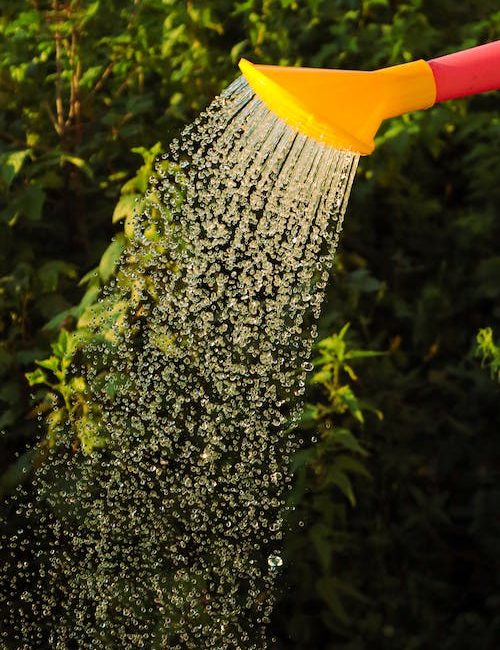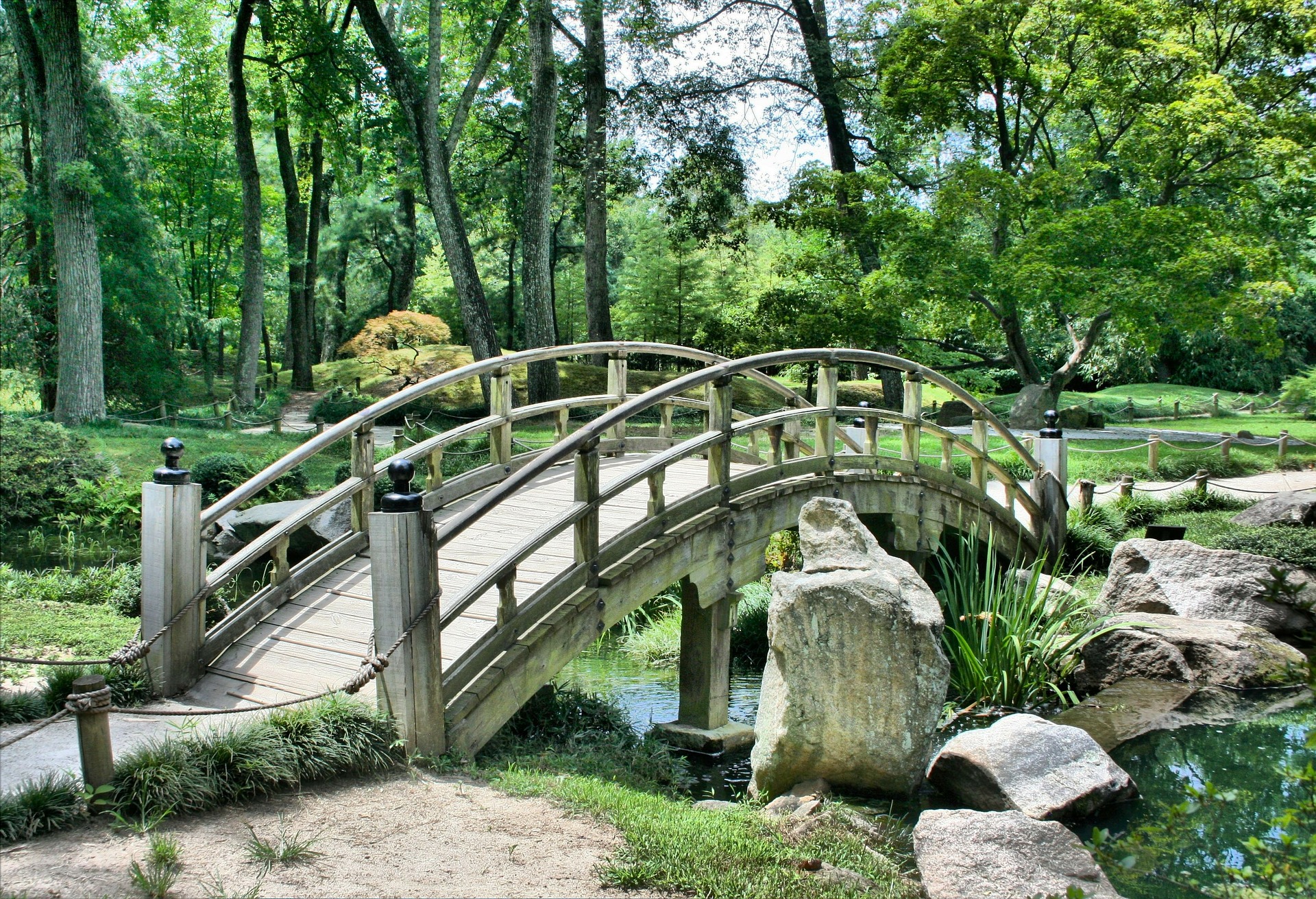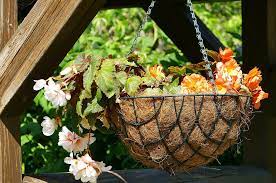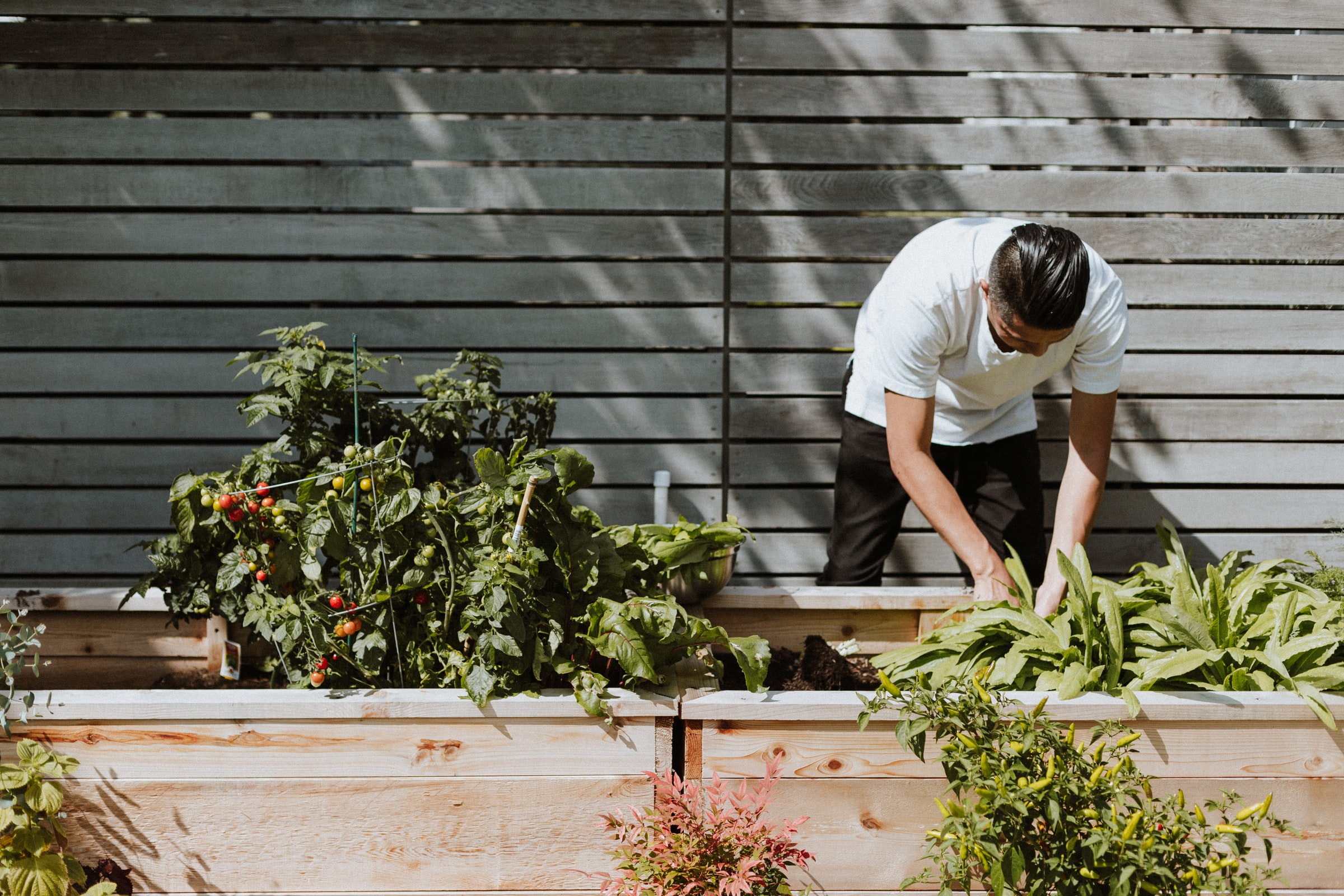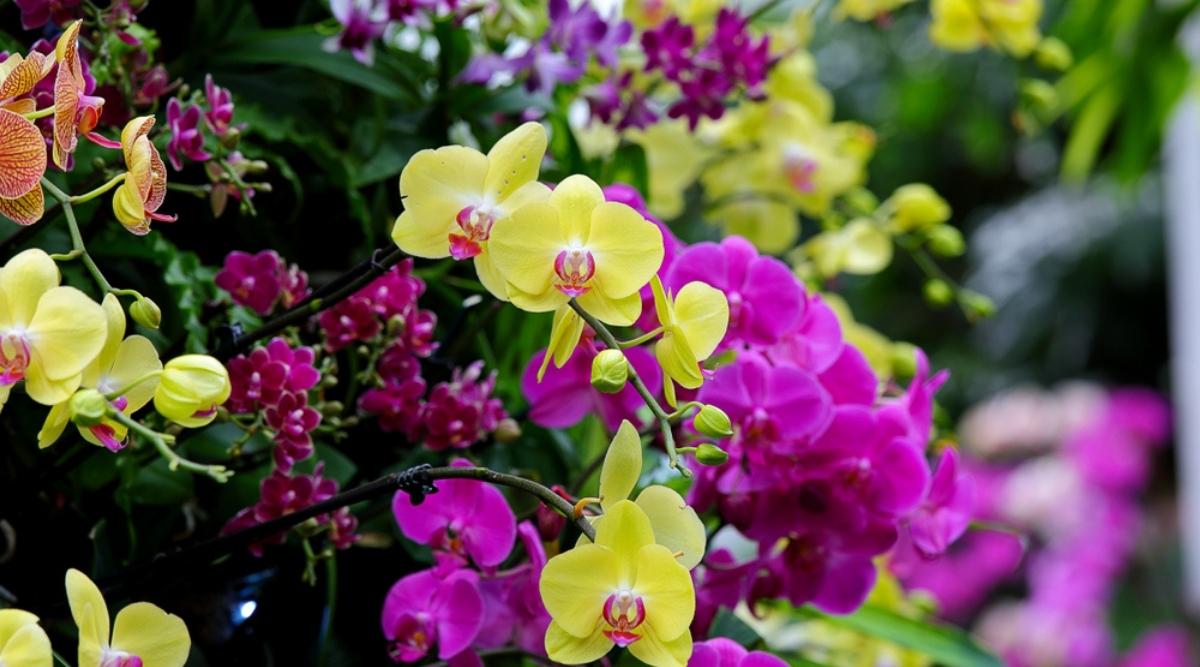How to Water Your Vegetable Garden?
Contents
Watering the vegetable garden: why watering?
When to water?
What type of watering to choose?
Watering the vegetable garden: how to save water?
Good harvests depend on better optimization of watering. When planning your vegetable garden, you may have to plan some work requiring the passage of water pipes for watering your vegetables.
Watering the vegetable garden: why water?
A vegetable garden must have sufficient water because it is essential for plant growth. Moreover, watering will also depend on the nature of the soil (sandy, clayey or even humus).
When to water?
You will water your garden vegetables differently according to the seasons, i.e. :
In autumn and spring, watering is best done in the morning:
This allows the soil to dry out during the day, as the water stagnating on the surface does not help lower the temperature of the plants during the night.
In summer:
Watering should be done in the evening to avoid water evaporation during the day.
Never water in full sun, as this would fry the tender leaves.
What type of watering to choose?
To provide each plant with the water it needs, there are different types of watering, namely surface watering, underground watering, micro-irrigation or drip irrigation, and rainwater harvesting.
Surface watering
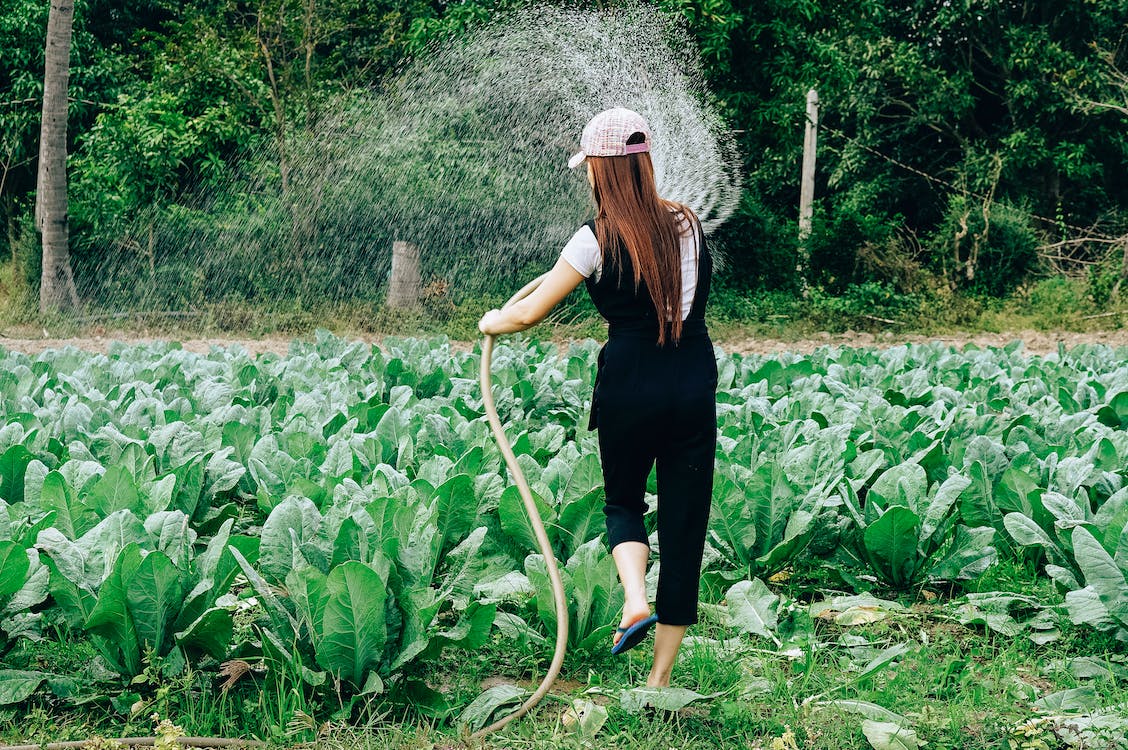
You don’t want to use underground watering because you prefer to water each plant yourself to control the water needed for its growth.
To do this, you will use a garden hose with a hose nozzle or gun. You will have a hose reel to facilitate the hose’s storage and move it without problems.
For large areas of a vegetable garden, you can also water with:
Turnstiles which are equipped with rotating arms at the end of which water is ejected in the opposite direction through adjustable jets. This system has the advantage of working with low pressure. The disadvantage is that it waters all surfaces in its path, such as driveways and terraces.
Oscillating sprinkler: This is a ramp with holes through which water escapes. It is animated by an alternating swinging movement. The water spray is less fine than with the turnstile. Oscillating sprinklers are most often used for watering lawns.
Sprinkler guns: This is a single rotating jet: The water range is important, and it concerns the large surfaces of the garden particularly.
Disadvantage: this system requires a lot of energy.
Buried watering
The principle of underground watering is to make several pipes circulate at 20 cm depth, to which will be fixed sprinklers.
At the beginning of the watering, the sprinklers come out of the ground and go back into the ground at the end of the watering. Advantage: this allows for economical and quality watering.
For in-ground watering, you can install programmers that control the duration of sprinkling.
Micro-irrigation or drip irrigation
The pipes are buried or on the surface for this type of watering. Drip irrigation is environmentally friendly because:
Watering is constant and under low pressure, which saves a lot of water because the water drips slowly to the roots.
This system is ideal for the vegetable garden, as micro-spraying devices like fog jets are better suited for young plants.
Rainwater can be collected with this micro-irrigation system.
The rainwater collector
This ideal and economical solution preserves our environment because the water is not treated and is rich in trace elements. It is, therefore, ideally suited for watering the vegetable garden.
The capacity of the water collector varies from 200 to 1,500 litres. They are easy to install.
You will choose it according to the surface of the vegetable garden:
For a park of less than 50 m², plan one or more water catchers of 150 to 500 l,
For a garden of more than 100 m², you should have one or more skimmers of 500 to 1,500 l.
Watering the vegetable garden: how to save water?
To water, you can use a watering can, a garden hose or a submersible pump to accelerate the flow. There are also rainwater harvesters (to be buried) with a tremendous capacity.
You can save water by mulching your garden to keep it evenly moist. Let’s see closer below.
What is vegetable garden mulching?
The main purpose of mulching the vegetable garden is to cover the soil with different materials, namely materials of plant origin: grass clippings, dead leaves, wood bark, compost, and mineral materials: sand, gravel, and pebbles.
Mulching the vegetable garden offers several advantages, such as
better retention of water so there will be less watering to do,
promote the growth of the plants and vegetables in the garden because micro-organisms and worms are much more active under the mulch,
limit the growth of weeds,
protect from wind and sun,
reduce temperature and humidity variations,
benefits the production of the vegetable garden.
When to mulch the vegetable garden?
The best time to mulch is at the end of April beginning of May.
It is necessary to mulch when the soil is wet. However, before doing so, you should wait until the vegetables have at least 4 or 5 leaves so as not to suffocate them.
The mulching is done as the planting goes on.
The mulch can reach 2,5 cm to 7 cm thickness according to the species of the garden to protect.
Good to know: be careful because some insects or other predators (snails, slugs) find the mulch an ideal refuge in summer for coolness.

